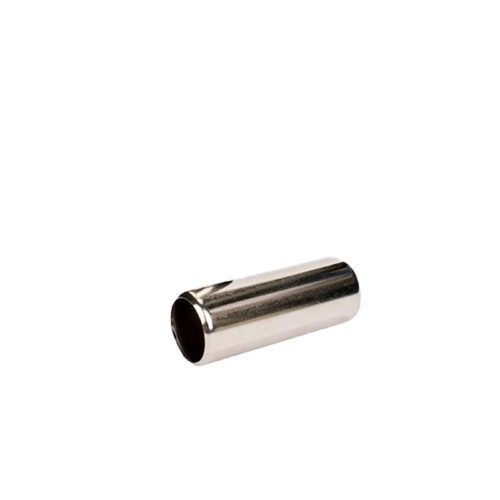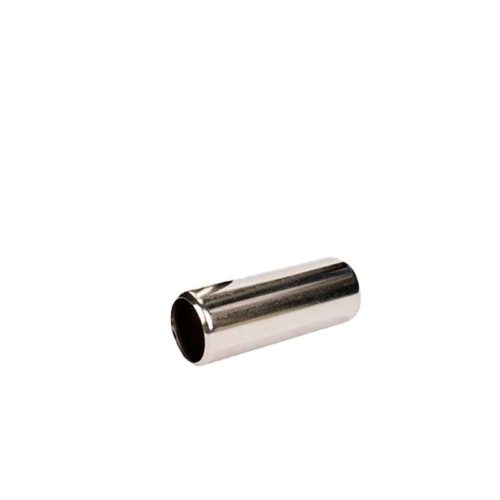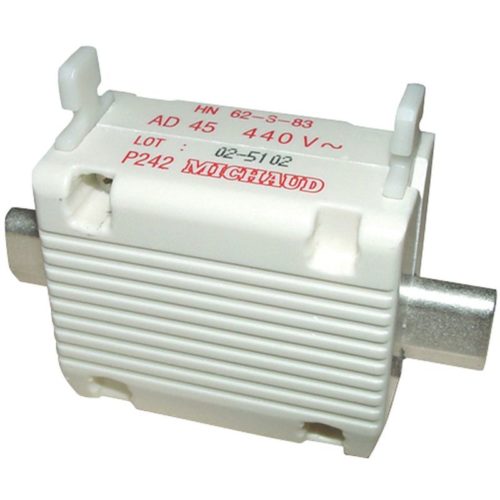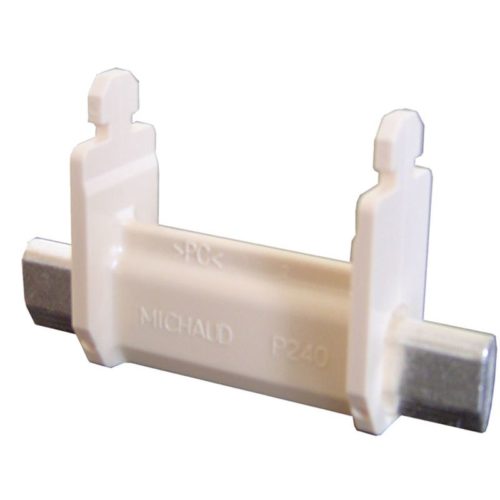-
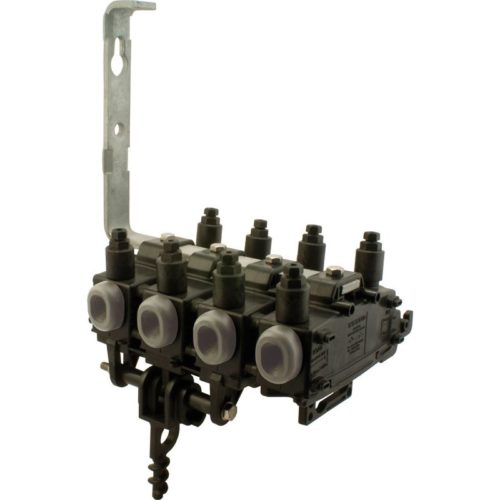
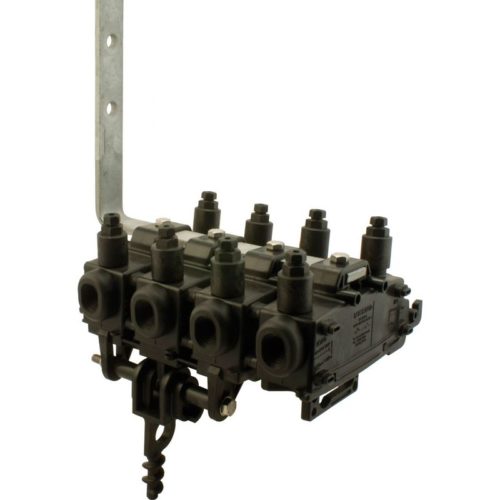 This Gang Fuse Switch Disconnector (FSD) is a multi-phase device. It is installed at the top of a pole or on façade. It protects the overhead connection supplying one or more multi-phase customers, or, the low voltage circuit of a pole mounted transformer. It is designed to receive 160A fuse cartridge or 240A solid connecting links, size 00 (according to the IEC 269-2.1 standard).
This Gang Fuse Switch Disconnector (FSD) is a multi-phase device. It is installed at the top of a pole or on façade. It protects the overhead connection supplying one or more multi-phase customers, or, the low voltage circuit of a pole mounted transformer. It is designed to receive 160A fuse cartridge or 240A solid connecting links, size 00 (according to the IEC 269-2.1 standard). -
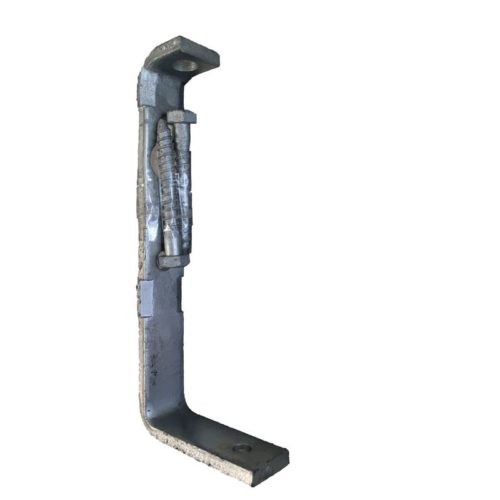
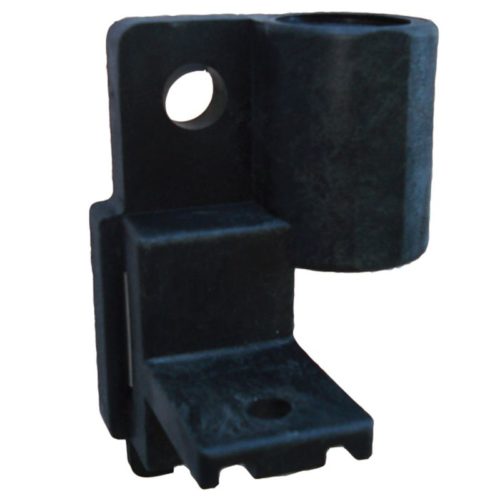 This Fuse Switch Disconnector (FSD) is a single phase device. It is installed at the top of pole or on façade. It protects the overhead connection supplying an individual customer and the low voltage network. It is designed to receive a neutral tube or 100A maximum, size 22x58 fuse cartridge (according to the IEC 269-2.1 standard).
This Fuse Switch Disconnector (FSD) is a single phase device. It is installed at the top of pole or on façade. It protects the overhead connection supplying an individual customer and the low voltage network. It is designed to receive a neutral tube or 100A maximum, size 22x58 fuse cartridge (according to the IEC 269-2.1 standard). -
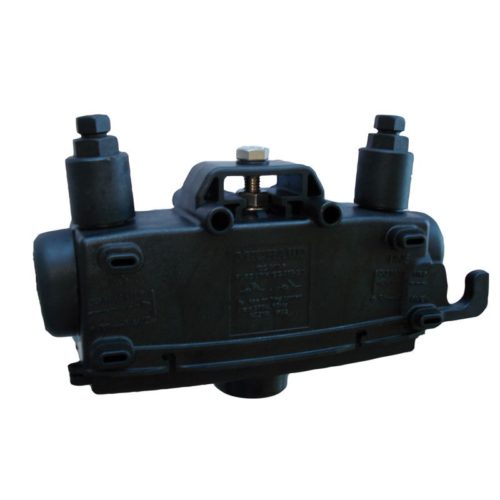 This Fuse Switch Disconnector (FSD) is a single phase device. It is installed at the top of pole or on façade. It protects the overhead connection supplying an individual customer and the low voltage network. It is designed to receive a neutral tube or a 100A maximum, size 22x58 fuse cartridge (according to the IEC 269-2.1 standard)
This Fuse Switch Disconnector (FSD) is a single phase device. It is installed at the top of pole or on façade. It protects the overhead connection supplying an individual customer and the low voltage network. It is designed to receive a neutral tube or a 100A maximum, size 22x58 fuse cartridge (according to the IEC 269-2.1 standard) -
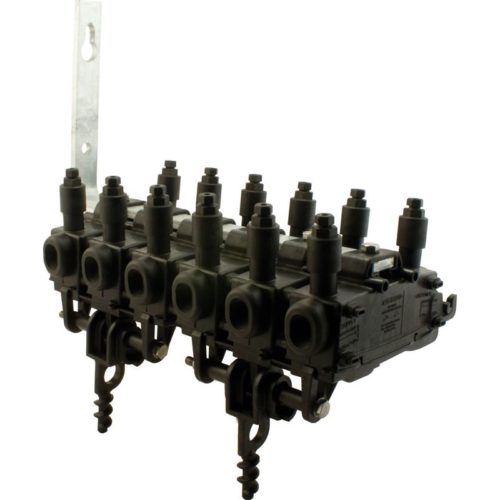
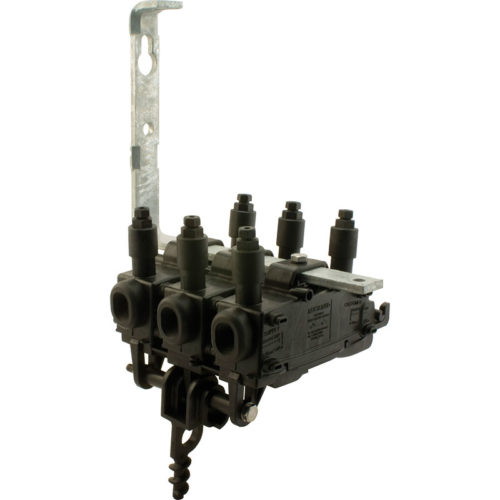 This Gang Fuse Switch Disconnector (FSD) is a multi-phase device. It is installed at the top of a pole or on façade. It protects the overhead connection supplying one or more multi-phase customers, or, the low voltage circuit of a pole mounted transformer. It is designed to receive 160A fuse cartridge or 240A solid connecting links, size 00 (accordig to the IEC 269-2.1 standard).
This Gang Fuse Switch Disconnector (FSD) is a multi-phase device. It is installed at the top of a pole or on façade. It protects the overhead connection supplying one or more multi-phase customers, or, the low voltage circuit of a pole mounted transformer. It is designed to receive 160A fuse cartridge or 240A solid connecting links, size 00 (accordig to the IEC 269-2.1 standard). -
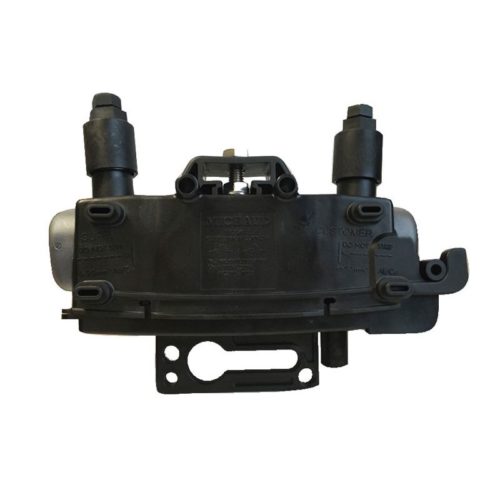
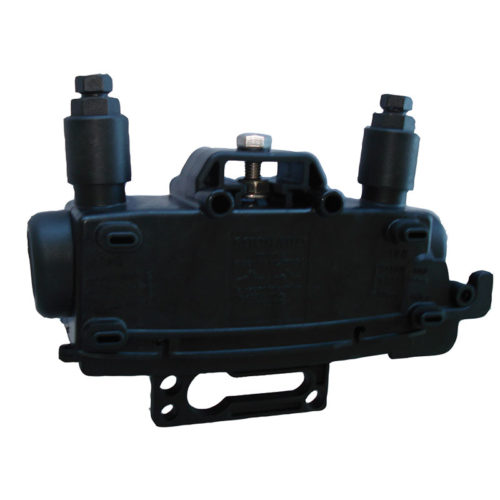 This Fuse Switch Disconnector (FSD) is a single phase device. It is installed at the top of pole or on façade. It protects the overhead connection supplying an individual customer and the low voltage network. It is designated to receive a 160A fuse cartridge or 240A maximum solid connecting link size 00 (according to the IEC 269-2.1 standard).
This Fuse Switch Disconnector (FSD) is a single phase device. It is installed at the top of pole or on façade. It protects the overhead connection supplying an individual customer and the low voltage network. It is designated to receive a 160A fuse cartridge or 240A maximum solid connecting link size 00 (according to the IEC 269-2.1 standard). -
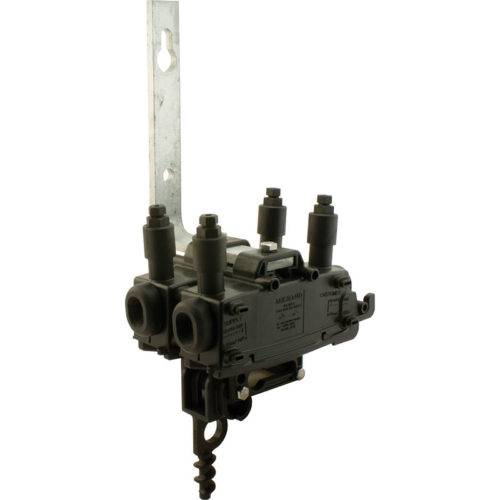
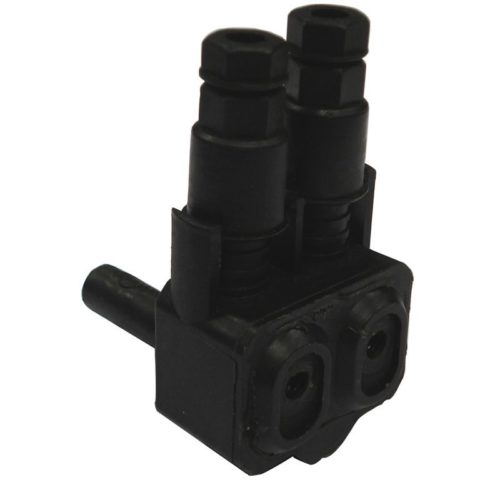 This Gang Fuse Switch Disconnector (Gang FSD) is a multi-phase device. It is installed at the top of a pole or on façade. It protects the overhead connection supplying one or several multi-phase customers or the low voltage circuit of a pole mounted transformer. It is designed to receive 160A fuse cartridges or 240A solid connecting links, size 00 (according to the IEC 269-2.1 standard).
This Gang Fuse Switch Disconnector (Gang FSD) is a multi-phase device. It is installed at the top of a pole or on façade. It protects the overhead connection supplying one or several multi-phase customers or the low voltage circuit of a pole mounted transformer. It is designed to receive 160A fuse cartridges or 240A solid connecting links, size 00 (according to the IEC 269-2.1 standard). -
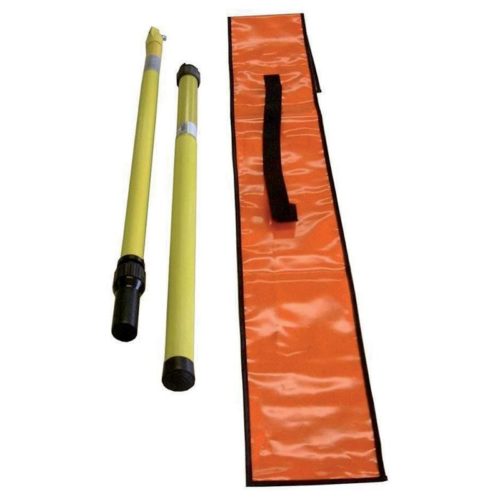
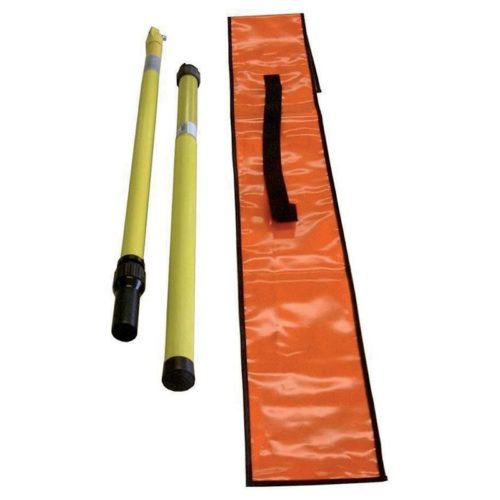 This telescopic stick is used to operate a fuse switch disconnector, remotely from the ground level, but also to check that there is no voltage or for the earthing thanks to accessories sold apart. Each model is equipped with a notched universal U-shaped terminal end. To operate a Fuse Switch Disconnector (FSD) remotely from the ground level, the notched universal U-shaped threaded terminal end is fixed to the operating stick. The F210 end can be used to operate a Fuse Switch Disconnector manually, without loss of handling thanks to its handle shape.
This telescopic stick is used to operate a fuse switch disconnector, remotely from the ground level, but also to check that there is no voltage or for the earthing thanks to accessories sold apart. Each model is equipped with a notched universal U-shaped terminal end. To operate a Fuse Switch Disconnector (FSD) remotely from the ground level, the notched universal U-shaped threaded terminal end is fixed to the operating stick. The F210 end can be used to operate a Fuse Switch Disconnector manually, without loss of handling thanks to its handle shape. -
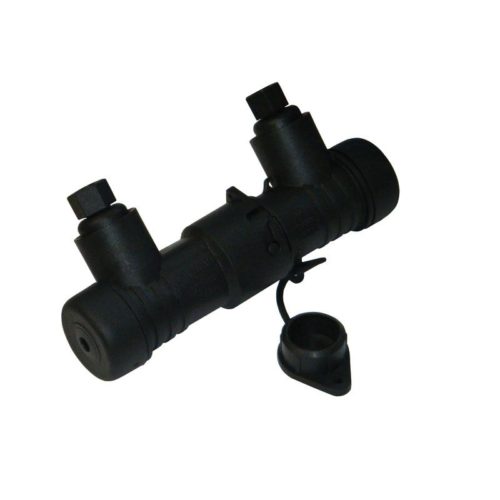
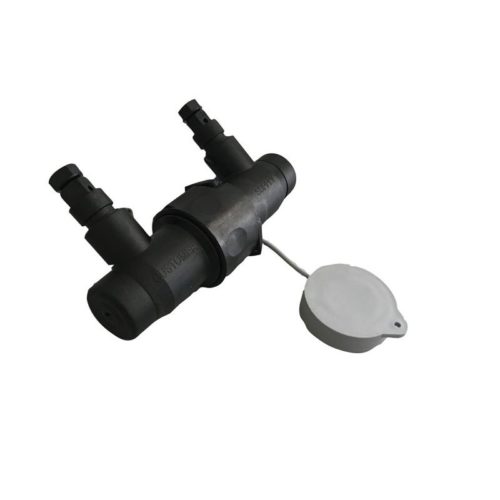 This cutout sleeve is designed to receive a 22x58 fuse cartridge, a neutral tube or a mini-switch. It is used in no mechanical load situations. It is equipped with mechanical tightening terminals allowing its installation using a simple spanner. Opening and closing of the cutout can be performed under a load of 63A maximum.
This cutout sleeve is designed to receive a 22x58 fuse cartridge, a neutral tube or a mini-switch. It is used in no mechanical load situations. It is equipped with mechanical tightening terminals allowing its installation using a simple spanner. Opening and closing of the cutout can be performed under a load of 63A maximum. -
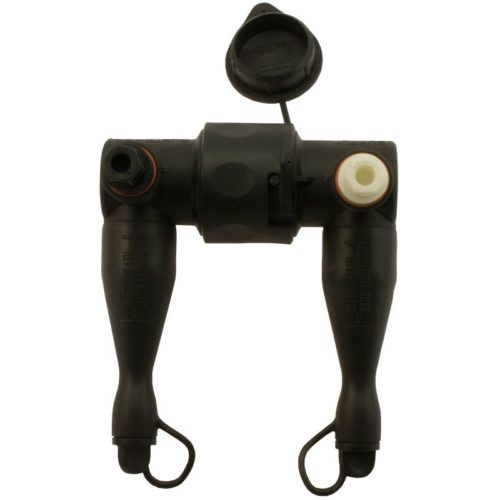
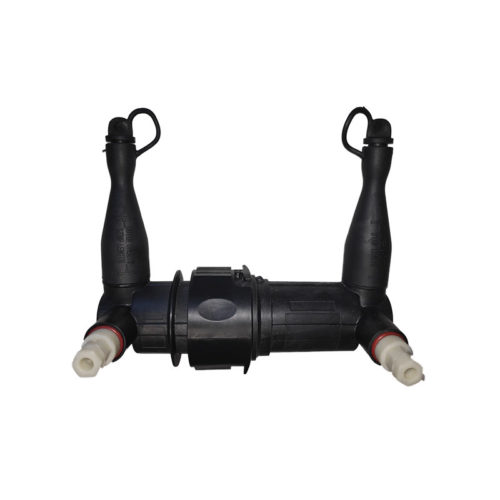 This Fuse Insulation Piercing Pit Connector (IPPC) is designed to receive a neutral tube, a mini-switch or a 100A maximum, size 22x58 fuse cartridge. It is used to connect a customer service line to an underground conductor. It is installed in a pit and can operate partially and temporary immersed in water. It is equipped with mechanical tightening terminals allowing its installation on a conductor using a simple spanner.
This Fuse Insulation Piercing Pit Connector (IPPC) is designed to receive a neutral tube, a mini-switch or a 100A maximum, size 22x58 fuse cartridge. It is used to connect a customer service line to an underground conductor. It is installed in a pit and can operate partially and temporary immersed in water. It is equipped with mechanical tightening terminals allowing its installation on a conductor using a simple spanner. -
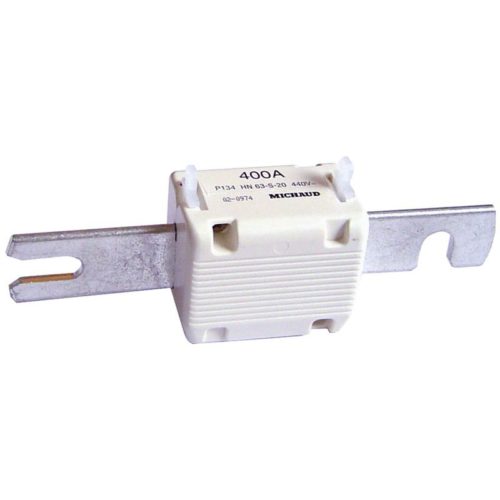
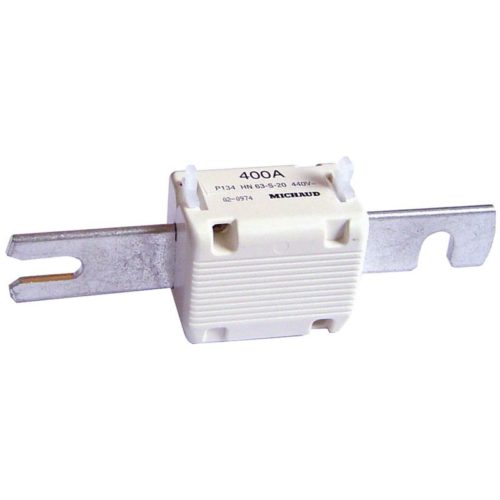 These low voltage fuses cartridges NH00, NH1 or NH2 are type gG. They are used as protection unit of the low voltage public electricity supply networks and works. It is installed in: - Low voltage switchboards of the public electricity supply substations, - Cutout boxes, inside or outside supply switches, - Switch cabinets for subsurface networks, - Metering boxes and cabinets for different uses
These low voltage fuses cartridges NH00, NH1 or NH2 are type gG. They are used as protection unit of the low voltage public electricity supply networks and works. It is installed in: - Low voltage switchboards of the public electricity supply substations, - Cutout boxes, inside or outside supply switches, - Switch cabinets for subsurface networks, - Metering boxes and cabinets for different uses
